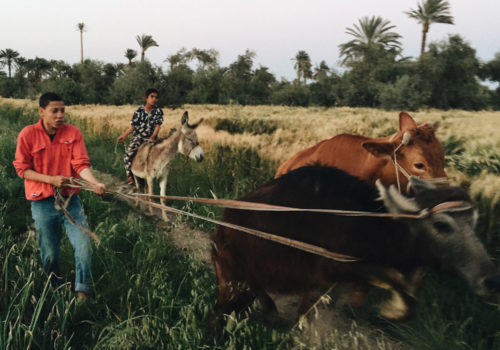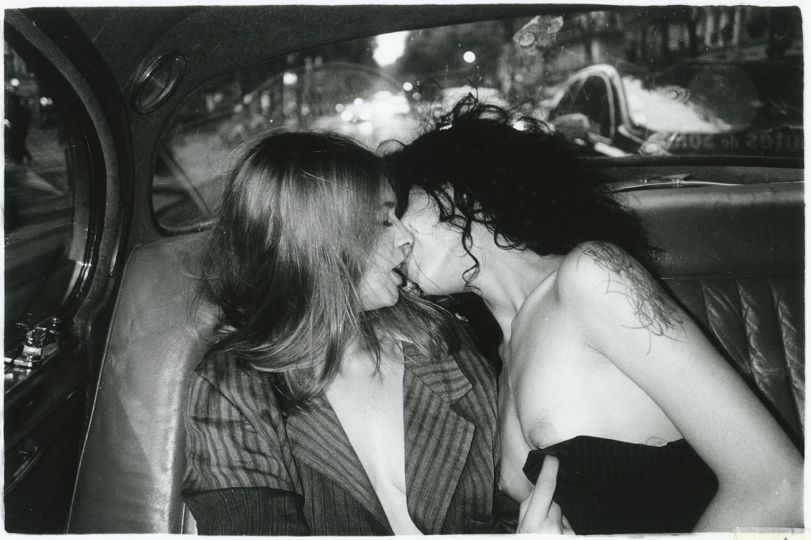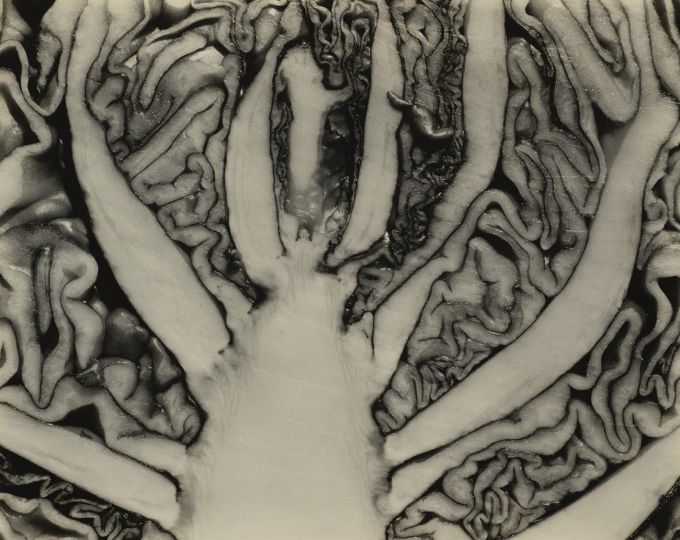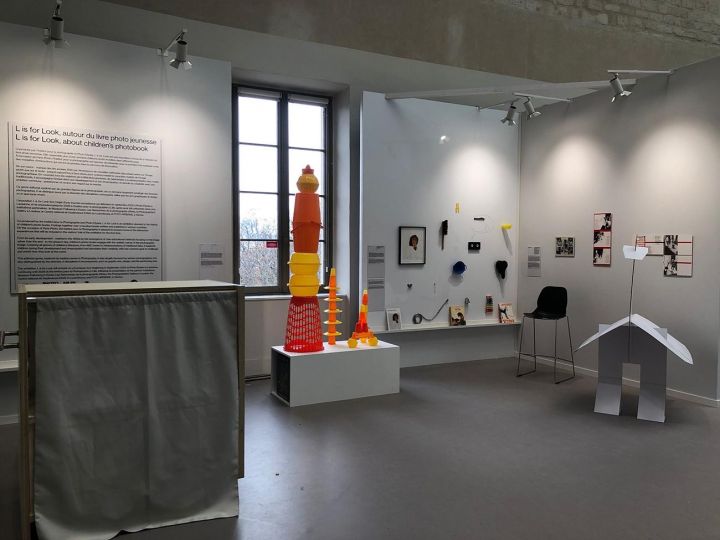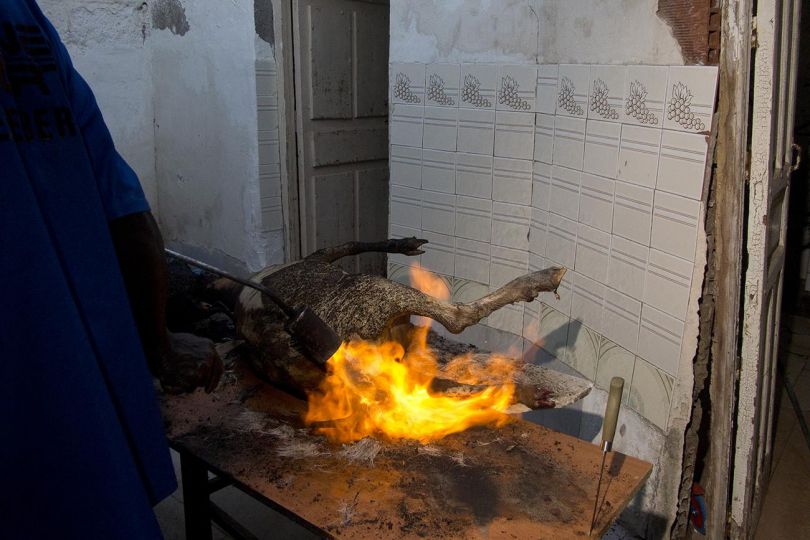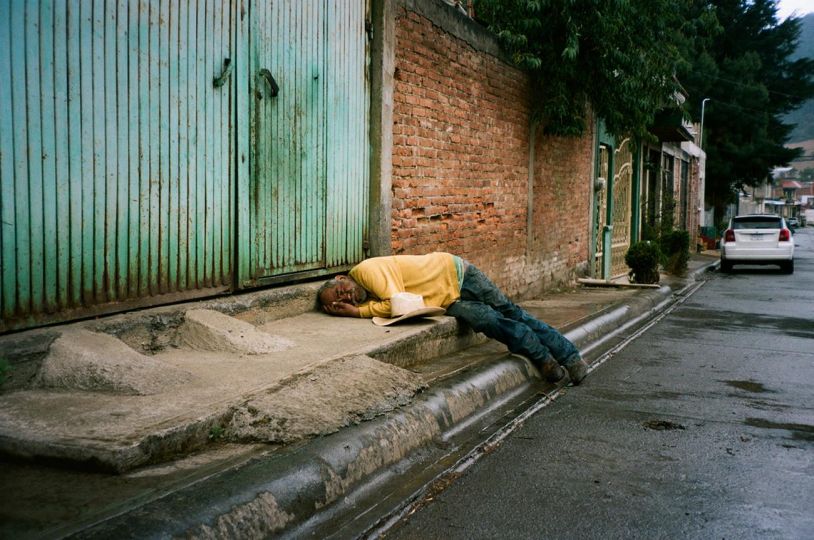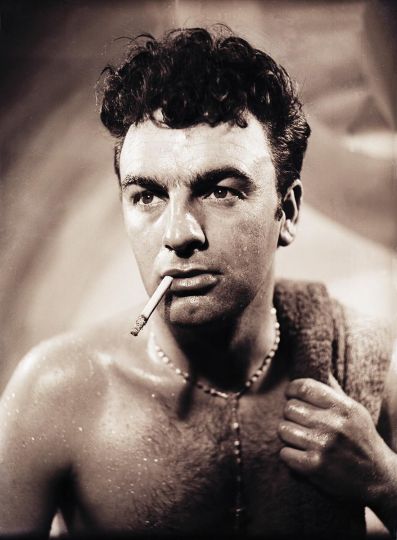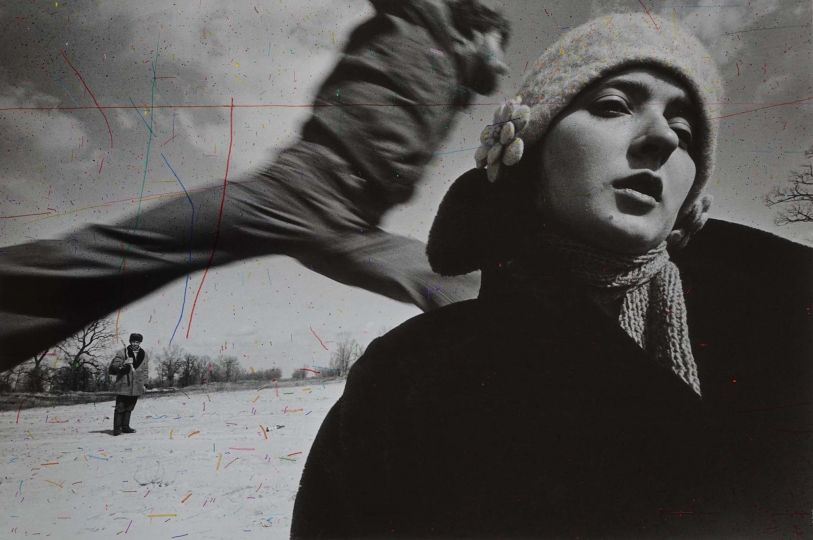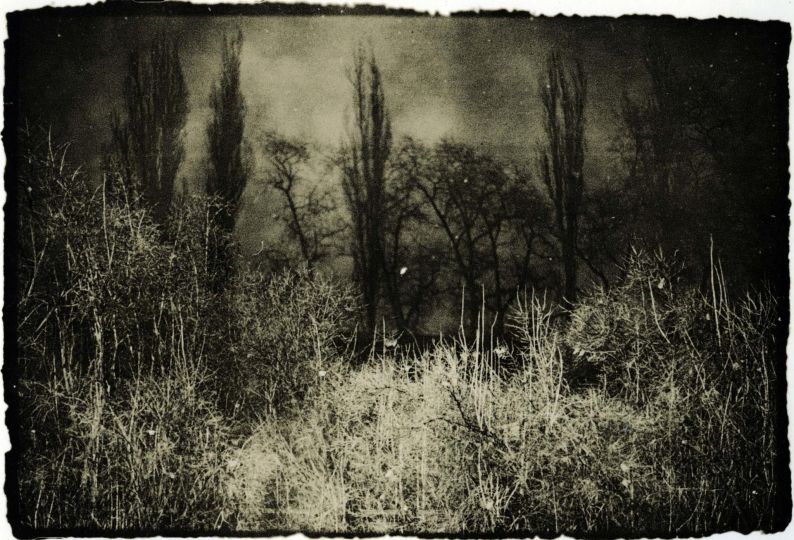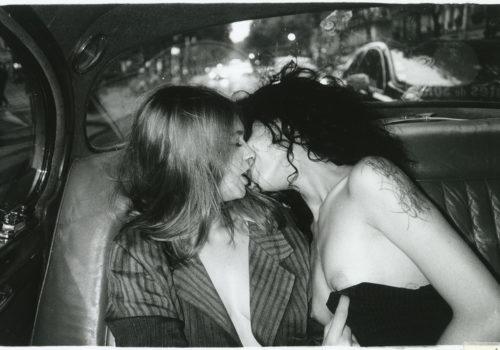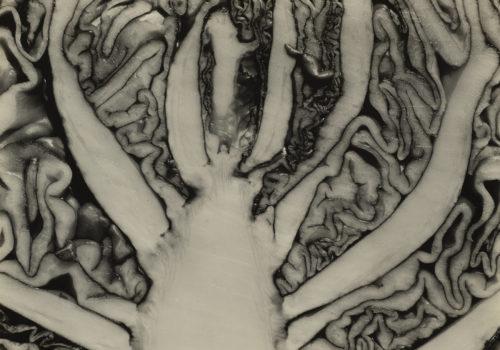Peter Di Campo is a documentary photographer whose goal is to contribute his work to a dialogue on international development and perceptions of Africa. He began his career as a Peace Corps Volunteer and a traditional photojournalist — now, his work seeks to deconstruct that experience. He is a co-founder of Everyday Africa, the Instagram-based project that has blossomed into a global phenomenon, and he is a regular speaker in classrooms and workshops on media stereotypes and the promotion of localized storytelling. As a long-time banner carrier for lifelong learning, it is an honor to interview Peter, who is blazing trails in how we learn about others and is building a world community through Everyday Africa. Learning changes an individual’s perspective and allows a person to see something from a new vantage point and to learn about someone/something as well as self. I find it delightful that Peter along with Austin Merrill are changing hundreds of years of stereotypes about Africa’s people with Instagram!
EA : What is your best hope regarding the outcome of “Everyday Africa”?
PDC : I would love to say something lofty here, about changing perceptions, about a better global view of Africa. Something about people seeing our feed and acknowledging a continent with more dimensions, more diversity than their previous understanding allowed. And we’ve certainly made strides. Our work is seen by a wide audience and we’ve seen thousands of students in American classrooms, where we see that change in young people as they realize there is far more to the continent than they’ve been led to believe.
I’d love to say something lofty, when you ask what our “best hope” is, about this project succeeding so well that it will become irrelevant, it won’t be needed any more. I’m not sure it will ever come to that, or that we’ll be able to take even the tiniest bit of credit for what would be a truly global shift.
Instead, I’ll say that our focus lately has been on amplifying local voices — on providing connections for African photographers interested in the global media world, getting more and more African voices featured in the project, having more African contributing photographers, and trying to find opportunities for them. Getting them more assignments, getting the more experienced photographers to teach workshops and the student-level photographers to attend workshops. We’ve created the African Photojournalism Database (http://apjd.org) with the World Press Photo Foundation, and we’re hoping to unroll a number of initiatives through that later this year.
EA : As a photojournalist, you begin with global implications on the ‘local.’ In photographing the ‘everyday,’ the photographer is delving into the local further than some one on a deadline is able. Which comes first in the ‘everyday’, the personal story or the photograph?
PDC : I think this question depends entirely on the photographer. We don’t give our photographers a lot of instruction, and so some of them write almost no caption at all, others write long captions about the people in the photograph, and others write long captions about their own personal story, their opinions, even poems related to the photograph. While I usually have an “AP Style” approach to my captions (unless I have something particularly interesting to say), I do enjoy seeing the local photographers write longer captions about their own connection to a place or issue.
EA : How is the concept of communal identity, which is so tightly woven, particularly in rural African lives, best portrayed through photography?
PDC : This is one place where I certainly see the power of the longer caption — fuller stories that explain in greater detail what the reader is seeing, both for a Western audience that may find certain cultural practices unfamiliar, or to other African audiences who may be interested to compare their own lives to lives on other parts of the continent. For example, Austin and I have recently been reading through the thousands of comments that the photographs illicit on Instagram, as some of those conversations will be included in our forthcoming book — and it’s interesting to see people from all over Africa commenting on one cultural practice or another, saying, “This is a lot like how we do it here, but with a few differences…” Of course a common one is food. Another is “Obruni wawu”, the Twi word for the Western clothes for sale in markets, which translates to “Dead white man’s clothes”, based on the assumption that whoever got rid of these perfectly good clothes must have died! And people from all over the world were commenting, saying that they call it the same thing in their own language, and sharing the words.
EA : What I see is the power you have given so many to be micro-photojournalists, if you will. Is a backstory needed to avoid misconceptions from a Western gaze?
PDC : Perhaps — but I think that a backstory would be difficult to provide in each caption, so instead we often see this play out in Instagram comments, which I think is a more contemporary and fitting place for it. At times a photographer will present something that members of the audience take issue with, but then he or she will clarify what they meant and how their own background led to this position in the comments.
I think that embracing this complexity, this collision, leads to a greater understanding if all parties are willing to see them through. Our goal isn’t about making statements that are palatable for a Western gaze — that Western gaze also needs to be more open to thinking through unfamiliar things. The trick is coaxing them there.
EA : “Do you see a book with backstories in the future?” she asks hopefully.
PDC : Our book (out this fall on Kehrer Verlag!) will include the Instagram conversations I’m talking about. When we started planning for a book, we realized that in the modern media landscape, the photograph in isolation is no longer the document— rather the complete document is the photograph and its data points, the method through which it is distributed, and the commentary it generates. The document that Everyday Africa has created is more than our 2,800 photographs; it is an ever-changing conversation, a living record of many perceptions of Africa, from those living both within and without the continent. Our book preserves for posterity, both our photography and contemporary communication.
© 2016 South x Southeast photomagazine, sxsemagazine.com
FESTIVAL
LOOK3
• Seminar Day One:
Creativity Meets Technology
Wednesday, June 15, 9:30am – 5:00pm
This one-day seminar is created to provide a survey of contemporary technology, social media, publishing, sharing and delivery platforms that are essential tools for artists to create, collaborate produce and share their work. Topics include balancing content/audience, generating media opportunities, atypical publishing platforms, impacting change through social media, and measuring audience engagement today.
• Schedule: 1:45 – 3:00, Instagram as a Tool for Social Engagement
Peter DiCampo (Photographer) & Austin Merrill (writer): @everydayafrica
http://everydayafrica.tumblr.com
http://www.peterdicampo.com
About the author : EA Raines-Whorton, a native Georgia, who left to work around the country and world many years and returned to help aging parents, has picked up her photography after more than twenty years away from the camera. She finds that more than ever, the camera quiets the chatter and noise. Photography helps her focus on what is happening rather than what is being sounded, following the saying, “actions (even when caught as a still images) speak louder than words.”

